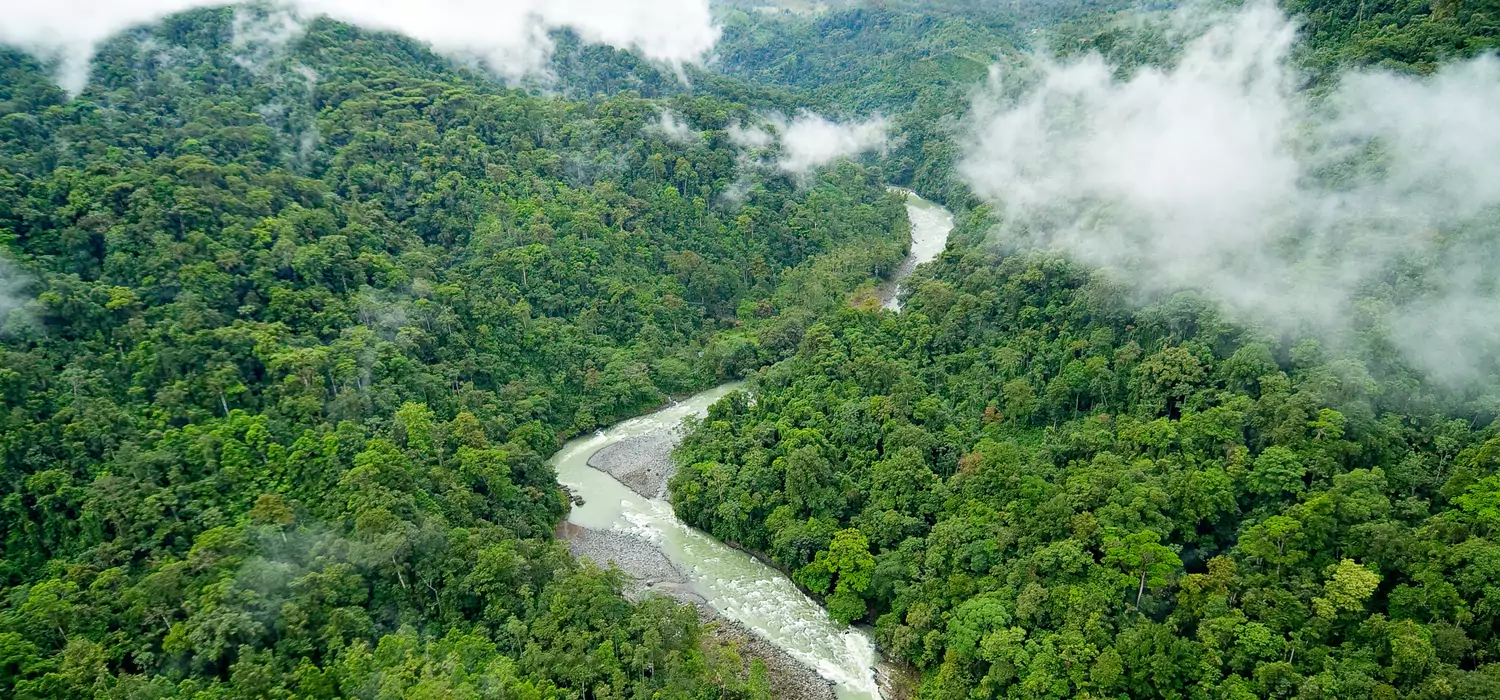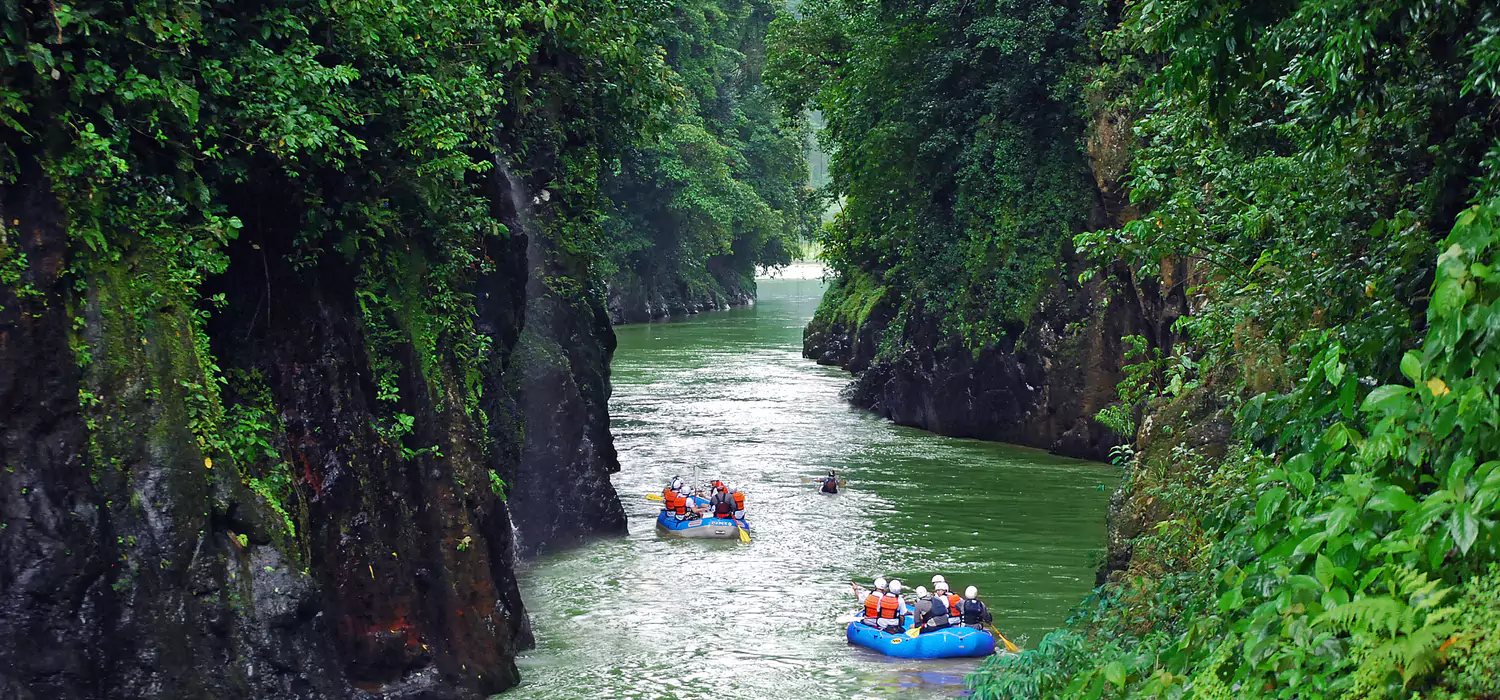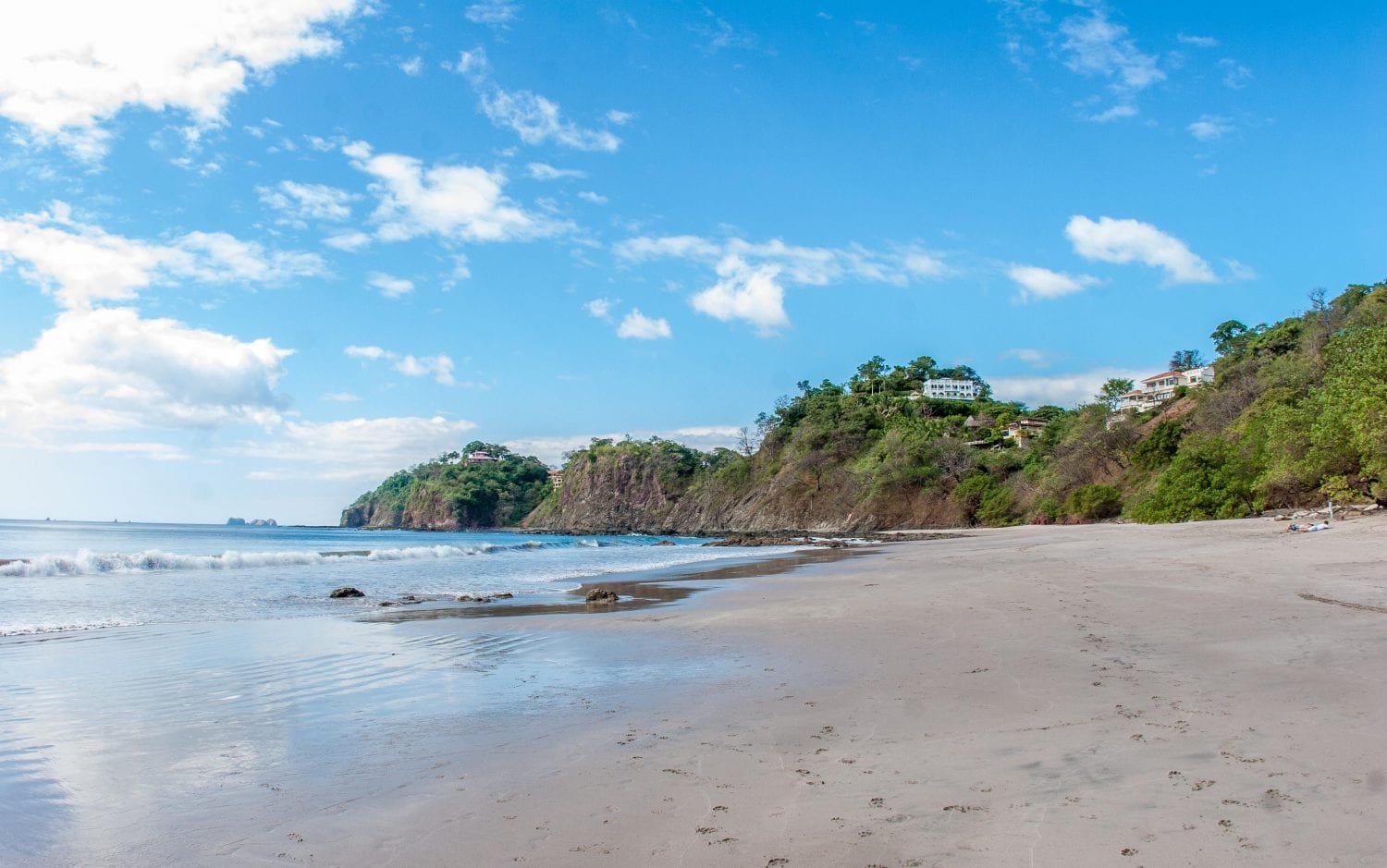HOTELS
ACTIVITIES
WEATHER
GETTING THERE
COMBINE WITH
ALBUMS & STORIES
Cartago
Founded in 1563, Cartago was Costa Rica’s capital for more than 200 years. Newly independent Ticos shifted control to nearby San Jose in 1823. Like so many Central American capitals—Antigua, Leon, Belize City, Panama— Cartago has suffered its share of disasters. The entire city was nearly destroyed by the 1723 eruption of Volcan Irazu. Earthquakes rocked the city in 1822, 1841, and 1910.
Having already been rebuilt five times after earthquake damage, the city’s main church was abandoned shortly after the 1910 quake. Its remaining walls now form the centerpiece of Cartago’s main park. Three blocks east, a Byzantine-style Basilica known as “Our Lady of the Angels”, houses a revered image of the Virgin Mary.

Turrialba
Eighteen miles east of Cartago, the town of Turrialba rests in a volcanic mountain valley. A popular destination for birdwatchers, Turrialba’s woodlands and lakes attract more than 150 avian species, including quetzals and hummingbirds. The town offers sweeping cistas, quaint country houses, and dense vegetation.
Whitewater enthusiasts are drawn to the nearby Reventazon, Pejibaye, and Pacuare rivers for full and multi-day rafting trips. Visitors can also hike the 10,958-foot Turrialba Volcano, one of the most active in Costa Rica. Scenery includes rolling fields of ornamental plants, sugarcane, coffee, and macadamia, and the jungle-covered mountains of the Talamanca Mountain Range.

Guayabo National Monument
Twelve miles north of town, on the slopes of the volcano, Guayabo National Monument was created in 1973 to protect a 540-acre archeological site—the most important pre-Columbian settlement in Costa Rica. This site was occupied from approximately 1500 BC to nearly 1400 AD, once serving as home to a peak population of 10,000.
Guayabo’s forested hills have been partially cleared to reveal a monumental causeway, walled aqueducts, circular mounds, and monoliths representing a jaguar and a lizard. The surrounding woods draw toucans, motmots, butterflies, and coatis.
Our Favorite Hotels
What to do in Cartago & Turrialba
Because of the surrounding rivers this area is popular for the white-water opportunities. However, visitors can enjoy an array of adventure tours, as well as relax in the tranquility of the rainforest.
- Whitewater Rafting
- Zip-lining
- Birdwatching
- Canyoning
- Hiking
- Night nature Tours
- Sustainability Tours
- Chocolate Tour
Visits to the nearby Cabecar indigenous community and Pre-Columbian archeological sites can also be arranged.
May and June transition from the dry season to the rainy season. The weather is more unpredictable and tends to get rainier toward the end of June. Now the rivers are really flowing so it’s a great time for whitewater rafting and waterfall rappelling. The best river rafting is in June, July, October, and November.

What is the Weather Like?
Costa Rica is located in the tropics and close to the equator and is considered a rainforest country with warm temperatures being characteristic throughout the year. There are two well-defined seasons:
Dry Season: December – April
Green Season: May – November
This area is located in the Atlantic region of Costa Rica and is surrounded by tropical rainforests, so it’s best to be prepared for all kinds of weather. During the day, the weather will be hot and humid with temperatures in the mid to upper 80’s. Generally, mornings are sunny and clear, followed by rain showers in the afternoon. Evenings are usually clear and cool. Visitors to this area should be prepared for sudden variations in weather conditions.
These averages are changing, please check extended weather forecasts using your favorite weather app prior to departure.

Getting There
Cartago is located approximately one hour from San Jose. Turrialba is approximately two hours from the international airport. Our favorite lodges in the area are approximately two and a half hours away.
Helicopter transfers or private charters to the town of Guapiles can be arranged. Short regional flights connect San Jose to several domestic airfields.
For domestic flights within Costa Rica, you will most likely be traveling on a small aircraft which imposes weight restrictions on luggage, typically 25 pounds per person.
Start your journey today
LANDED delivers the finest in custom, private travel to Central America, South America, and Antarctica. These regions are our passion; we know them first-hand and by heart. Speak with one of our travel designers and let us create a tailored itinerary for you in Turrialba.
How to combine Cartago & Turrialba
Have some extra time? Here are some options for you to combine with

Central Nicoya

Northern Nicoya












